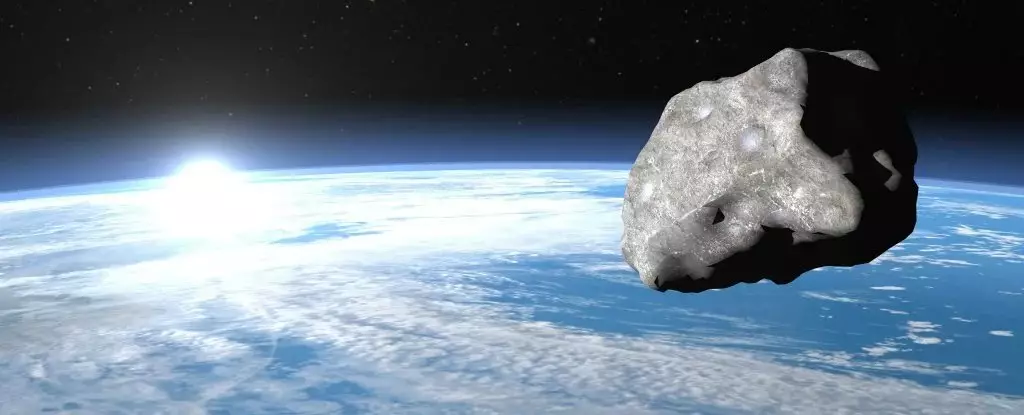This week, Earth is in for a cosmic treat as two rare asteroids are set to zoom past our planet within 42 hours of each other. These space rocks, due to their size and trajectory, have been classified as “potentially hazardous” by experts. However, this does not mean that they pose an immediate threat to Earth. In fact, both asteroids will safely fly by at incredibly high speeds, with a zero percent chance of collision with our planet according to the European Space Agency.
While these asteroids will not be visible to the naked eye, there are ways to catch a glimpse of them. Astrophysicist Gianluca Masi, the founder of The Virtual Telescope Project, suggests using a telescope or binoculars to observe the space rocks as they pass by Earth. Additionally, The Virtual Telescope Project will be hosting livestreams of the event, providing viewers with an opportunity to witness the phenomenon from the comfort of their own homes.
One of the asteroids, named Asteroid (415029) 2011 UL21, is particularly notable for its size. With an estimated diameter of roughly 1.4 miles, this mountain-sized space rock is larger than 99% of all known near-Earth objects. Falling into a category of space rocks known as “planet killers,” which are at least 1.2 miles wide, Asteroid 2011 UL21 has the potential to cause significant damage if it were to collide with Earth. Fortunately, this asteroid will be passing by at a safe distance of more than 4 million miles, making it nothing more than a remarkable celestial event for observers.
The second asteroid, known as Asteroid 2024 MK, was only recently discovered earlier this month. Despite its smaller size, with an estimated diameter ranging from 390 to 885 feet, this asteroid is expected to make up for its lack of size with brightness. Coming within 184,000 miles of Earth, about 77% of the average distance between the Earth and the moon, Asteroid 2024 MK will be one of the brightest objects of its kind observed in recent history.
These rare cosmic events serve as a reminder of the vast universe that surrounds our planet. While the idea of potentially hazardous asteroids passing close by may sound concerning, it is important to note that experts closely monitor these objects and ensure that they do not pose a threat to Earth. Observing these asteroids as they zoom past us can be an exciting and educational experience for all those with an interest in the wonders of space.


Leave a Reply